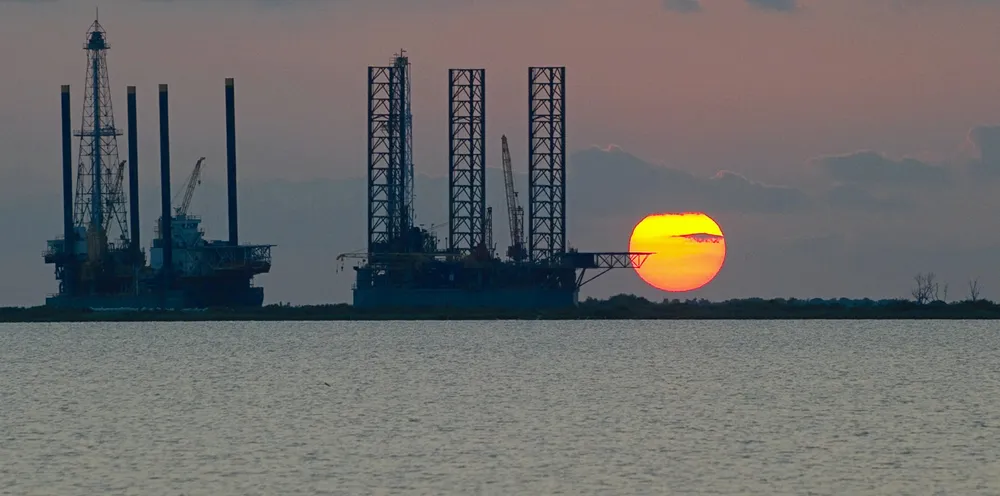Louisiana task force greenlights climate action plan powered by 5GW US Gulf wind engine
Strategy document submitted to governor targeting cutting emissions in the state by as much as 50% by 2030, compared to 2005, helped by a gigascale offshore wind build-out
